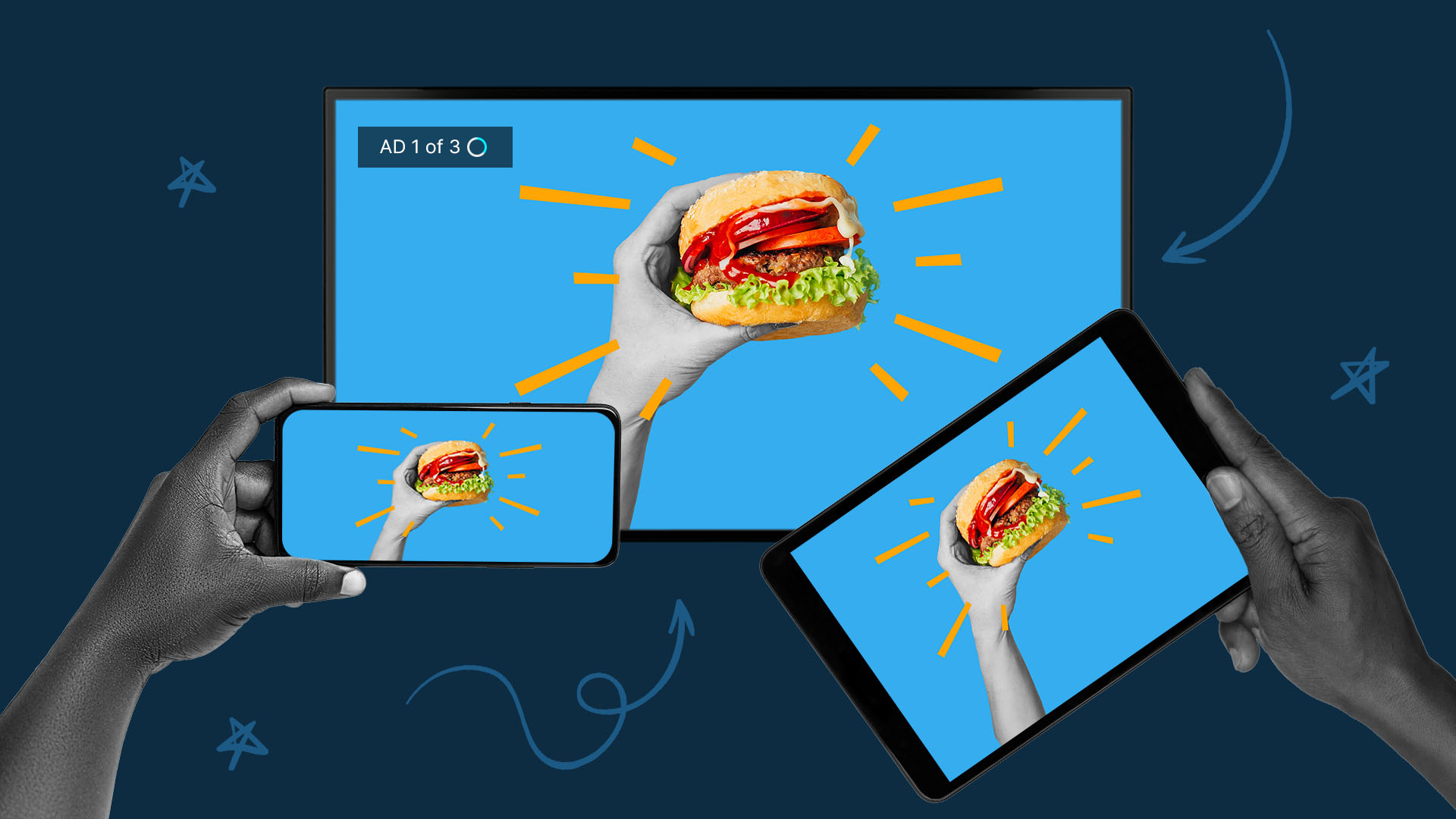5 Tips for Animation in Marketing Video Production

Marketers are discovering the virtually limitless opportunities offered by original animated video production. You can set any tone and communicate any message in your video marketing with animation, and animated content can often be visually dynamic—helping you stand out in any digital space.
Though the medium itself is amazingly flexible, the production of animated content can be much more structured than live-action production, and therefore it can seem more restrictive or daunting. But if you are familiar with the animation production process, you can prepare adequately at the top of your project so you’re taking full advantage of the art form to produce truly spectacular content.
FREE DOWNLOAD: The Ultimate Guide to Video Marketing for Brands
Here are our top 5 tips for producing animated content as part of your video marketing strategy:
1. Familiarize Yourself With the Animation Production Process
Animation timelines differ from live-action timelines in that—while both require good pre-production—with animation, there’s a lot less “we can fix it in post” magic. With animation, the choices you make in pre-production need to be adhered to during the post-production process or you’ll be facing delays and overages.
As such, there’s a lot of upfront work, including multiple rounds of pre-production feedback—more than you might be used to.
The best-practice process for animated marketing videos is as follows:
- Script: You should provide your animator with a detailed script that not only outlines the voiceover or any dialogue, but also a description of what all text will be tied to visually. It’s best to produce a two-column script where Column 1 describes the visuals, and Column 2 has Text-on-screen (TOS) and Voiceover (VO) or Dialogue written out.
- Styleframe: In parallel to script work, your animator will send you a few examples of what a few finished frames can look like. This is your opportunity to zero in on animation style and will likely involve 2-3 rounds of feedback.
- Storyboard: Once you approve styleframes and script, your animator will get to work on a storyboard. The storyboard will allow you to see the complete narrative of your piece. Again, there may be 2-3 rounds of feedback here. Once you approve storyboards, making changes will be costly.
- Animatic/Motion Test: Your animator will provide you with a clip of what the animation will look like. Remember, this is sight, sound, AND motion, so nailing how things move is just as important as how they look (expect another round of review!).
- Voiceover: You’ll need to have voiceover done by this point in the process so your animator can properly time each vignette within the piece.
- Animation: This is the biggest part of the process and will often take the longest to complete (no surprise there).
- Soundtrack: If it’s original, it will be timed to the animation. If you’re using stock audio, it will have to be finalized before the animation phase.
- Delivery and publication: No explanation is needed here.
(Above) An example of 3D animation.
Learn More: Social Media Video Ad Specs & Placements Guide
2. Animation Pre-Production: Start with Style and Tone Inspiration
Because animation is so flexible and offers so many different approaches, the beginning of the process can be overwhelming.
Start by scouring the web and gathering examples of animation styles that you’d like to emulate. Spend some time on Behance, YouTube, or QuickFrame’s Explore platform looking for animated explainers, how-to’s, or promos. The idea is to identify some visual styles you like, but also to include examples of animation that misses the mark for you—both of these will be useful in communicating what you’re picturing to your designer and animator.
Do you like animation with a hand-sketched style? Do you like 2D animation? 3D animation?
(Above) An example of hand-sketched animation.
Much of the motion of your animated content will be dictated by tone and music so definitely support any written descriptions of your target tone with visual examples (including images or videos) that capture the look and feel you want.
Additionally, identifying your music towards the beginning of the process is vital as it will dictate the pace. If you’re planning on original sound effects or music, you’ll add them after the animation is complete (check out Amper for custom tracks), but any tonal inspiration you can provide to your designer and animator will be immensely helpful.
Need help making videos? See how our video production platform can help your business.
3. Recording Voiceover is Part of Animation Pre-Production
Voiceover is often an afterthought with live-action productions, but with animated marketing video production, it has to happen at the beginning of the process—and that of course means having your script written, approved, and locked pretty early on.
The script and your visual examples will be used to create a styleframe and storyboards, which ultimately dictate what shows up on the screen. Making changes to your script once the animation has begun can be costly and derail your timeline.
4. Know Which Platforms You’ll Include in Your Marketing Plan From the Start
Different platforms have different requirements and limitations, including the runtime and aspect ratio of your video.
With live-action production, finalized footage can often be platform-optimized through cropping, editing, and adding graphics in post-production. This is rarely the same with animation.
Changing aspect ratios after the animation has started, or trying to re-organize animation to cut it from a 30-second to a 15-second becomes an onerous (and costly) task considering how animation tends to flow seamlessly from one scene to the next.
5. Be Aware of the Cost Drivers in Animated Video Production
Animated marketing videos can get very expensive very quickly, especially if you are not prepared from the start and need to request revisions once production has started.
When it comes to animated content, the two main video production costs are the length of the piece and whether you’ll be needing human figures. The longer your finished product is, the more it will likely cost. And getting creative with your concepting to eliminate any representations of humans can often decrease the budget you’ll need to get your piece produced.
(Above) An example of 2D animation that employs voiceover and human figures.
Find the perfect animator or animation studio for any video marketing need in our Production Marketplace.
Do More with Video
Learn how we can help you produce more quality videos affordably and at scale.



